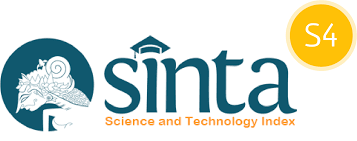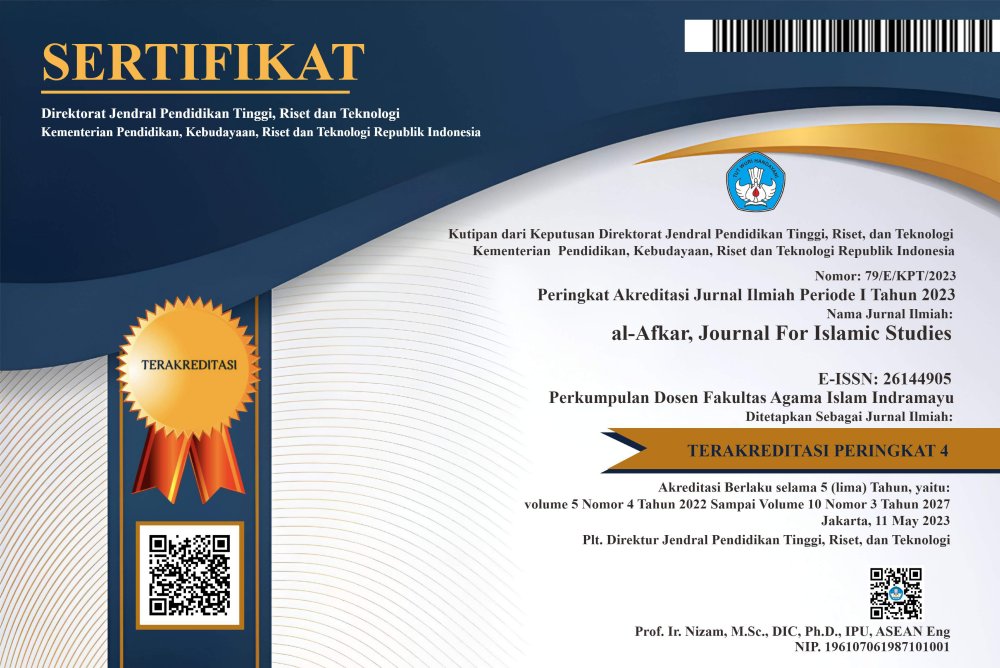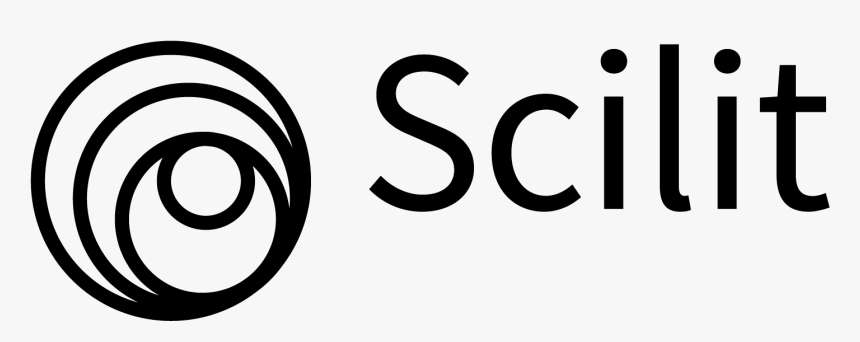The Values In Wayang Golek Entrepreneurship
DOI:
https://doi.org/10.31943/afkarjournal.v5i4.374Keywords:
Wayang, enterpreneurship, culture, religiusAbstract
The main objective of this research is to find religious, social and cultural values based on wayang golek entrepreneurship. The research method used is a qualitative method. Meanwhile, the respondents were taken using purposive technique. Data collection is done by in-dept-interview, documentation, and observation. The results of the study indicate that there are moral values in the wayang golek business because to make wayang, one must understand the character of the wayang. While the puppet characters include wisdom, musharaka, and honesty. second, the preservation of wayang is carried out by providing training to elementary school students so that the younger generation understands wayang. In addition, the wayang market is held from Bogor, DKI. Jakarta, D.I. Yogyakarta, and Bali. Finally, making puppets must pay attention to the type of wood because the wood used will be related to the resistance of the puppets.
Downloads
References
Affif, F. (2012). Pentingnya Kewirausahaan. Rangkaian Kolom Kluster II, 1791–1803.
Afif, M. (2016). Kewirausahaan Ditinjau Dari Prespektif Islam. In Rasail (Vol. 3, Issue 1, pp. 55–71).
Alfansyur, A., & Mariyani. (2020). Seni Mengelola Data: Penerapan Triangulasi Teknik, Sumber dan Waktu pada Penelitian Pendidikan Sosial. Jurnal Kajian, Penelitian Dan Pengembangan Pendidikan Sejarah, 5(2), 146–150.
Atmaja, S. (2019). Peluang Mengembangkan Kewirausahaan Desa Berbasis Potensi Desa. ABDIKARYA: Jurnal Pengabdian Dan Pemberdayaan Masyarakat, 1(1), 48–58. https://doi.org/10.47080/abdikarya.v1i1.1043
Awalin, F. R. N. (2018). Sejarah Perkembangan Dan Perubahan Fungsi Wayang Dalam Masyarakat (History of Development and Change of Wayang Functions in Society). 77–89.
Bahri, B. (2018). Kewirausahaan Islam: Penerapan Konsep Berwirausaha dan Bertransaksi Syariah dengan Metode Dimensi Vertikal (Hablumminallah) dan Dimensi Horizontal (Hablumminannas). Maro: Jurnal Ekonomi Syariah Dan Bisnis, 1(2), 67–86. http://jurnal.unma.ac.id/index.php/Mr/index
Cahya. (2017). Nilai, Makna, dan Simbol dalam Pertunjukan Wayang Golek sebagai Representasi Media Pendidikan Budi Pekerti. Panggung, 26(2), 117–127. https://doi.org/10.26742/panggung.v26i2.170
Guion, L. A. (2002). Triangulation: Establishing the Validity of Qualitative Studies. Institute of Food and Agricultural Sciences: University of Florida. Florida University of America, 1–3. http://edis.ifas.ufl.edu
Kamaluddin. (2019). Kewirausahaan dalam pandangan islam. Proseding Seminar NasionalKewirausahaan, 1(1), 2019, Hal 302-310 HasilPenelitiandanPengabdianKepadaMasyarakat, 1(1), 302–310.
Korsgaard, S., & Tanvig, H. W. (2015). Rural entrepreneurship or entrepreneurship in the rural – between place and space. International Journal of Entrepreneurial Behaviour and Research, 21(1), 5–26. https://doi.org/10.1108/IJEBR-11-2013-0205
Malik, R. S. (2013). Qualitative Research Methodology in Education. Jurnal Edubio Tropika, 1(2), 61–65.
Newbery, R., Siwale, J., & Henley, A. (2017). Rural entrepreneurship theory in the developing and developed world. International Journal of Entrepreneurship and Innovation, 18(1), 3–4. https://doi.org/10.1177/1465750316686232
Nurgiyantoro, B. (2011). Wayang Dan Pengembangan Karakter Bangsa. Jurnal Pendidikan Karakter, 1(1), 18–34. https://doi.org/10.21831/jpk.v1i1.1314
Pradani, Y., Permadi, L. C. P., Meditama, R. F., Putra, A. D., & Fitriani, I. M. (2022). Pelatihan Kewirausahaan Melalui Pembuatan Strap Mask Bagi Warga Desa Sengguruh Kecamatan Kepanjen Kabupaten Malang. I-Com: Indonesian Community Journal, 2(1), 64–70. https://doi.org/10.33379/icom.v2i1.1196
Rahayu, S., Karmeli, E., Rahim, A., Samawa, U., Besar, S., Info, A., History, A., & Saing, D. (2021). Penguatan daya saing umkm melalui sosialisasi dan pelatihan kewirausahaan di desa labuhan badas kecamatan labuhan badas. 251–256.
Rosyadi, R. (2009). WAYANG GOLEK DARI SENI PERTUNJUKAN KE SENI KRIYA (Studi tentang Perkembangan Fungsi Wayang Golek di Kota Bogor). Patanjala : Jurnal Penelitian Sejarah Dan Budaya, 1(2), 135. https://doi.org/10.30959/patanjala.v1i2.239
RUSDI, A., & RASYID. (2019). KONSEP KEWIRAUSAHAAN MODERN PERSPEKTIF ISLAM DAN PRAKTIKNYA DI INDONESIA. Jurnal Publikasi, 1(1), https://news.ge/anakliis-porti-aris-qveynis-momava.
Sa’idah, N., Farida, Y. E., & Widagdo, J. (2020). Pemanfaatan Limbah Kayu Melalui Puzzle Wayang sebagai Media Pengenalan Budaya untuk Anak Usia Dini. E-Dimas: Jurnal Pengabdian Kepada Masyarakat, 11(1), 66. https://doi.org/10.26877/e-dimas.v11i1.3081
Sadono, S., Nugroho, C., & Nasionalita, K. (2018). Pewarisan Seni Wayang Golek Di Jawa Barat. Jurnal Rupa, 03, 150–163.
Suryadi. (2019). Kewirausahaan dan Pemberdayaan Pemuda Dalam Mengurangi Pengangguran. Jurnal Ketenagakerjaan, 14(1), 54–67. http://journals.kemnaker.go.id/index.php/naker/article/view/55
Widagdo, J. (2015). Struktur Wajah, Aksesoris serta Pakaian Wayang Golek Menak. Disprotek, 6(1), 95–105. ejournal.unisnu.ac.id/jDPT/article/view/204
Yuliana, E. (2017). Elfa Yuliana , Kewirausahaan dalam persfektif Islam. 15(2), 29–44.
Zainal, A., Raden, M., Sidhartani, S., Qeis, M. I., & Pratama, D. (2021). Implementasi Teknologi Modular Pada Kerajinan Unggulan Daerah.
Downloads
Published
How to Cite
Issue
Section
License
Copyright (c) 2022 Bahagia, Leni Muniroh2, Abdul Karim Halim, Rimun Wibowo, M. Azhar Al-Wahid

This work is licensed under a Creative Commons Attribution 4.0 International License.



















